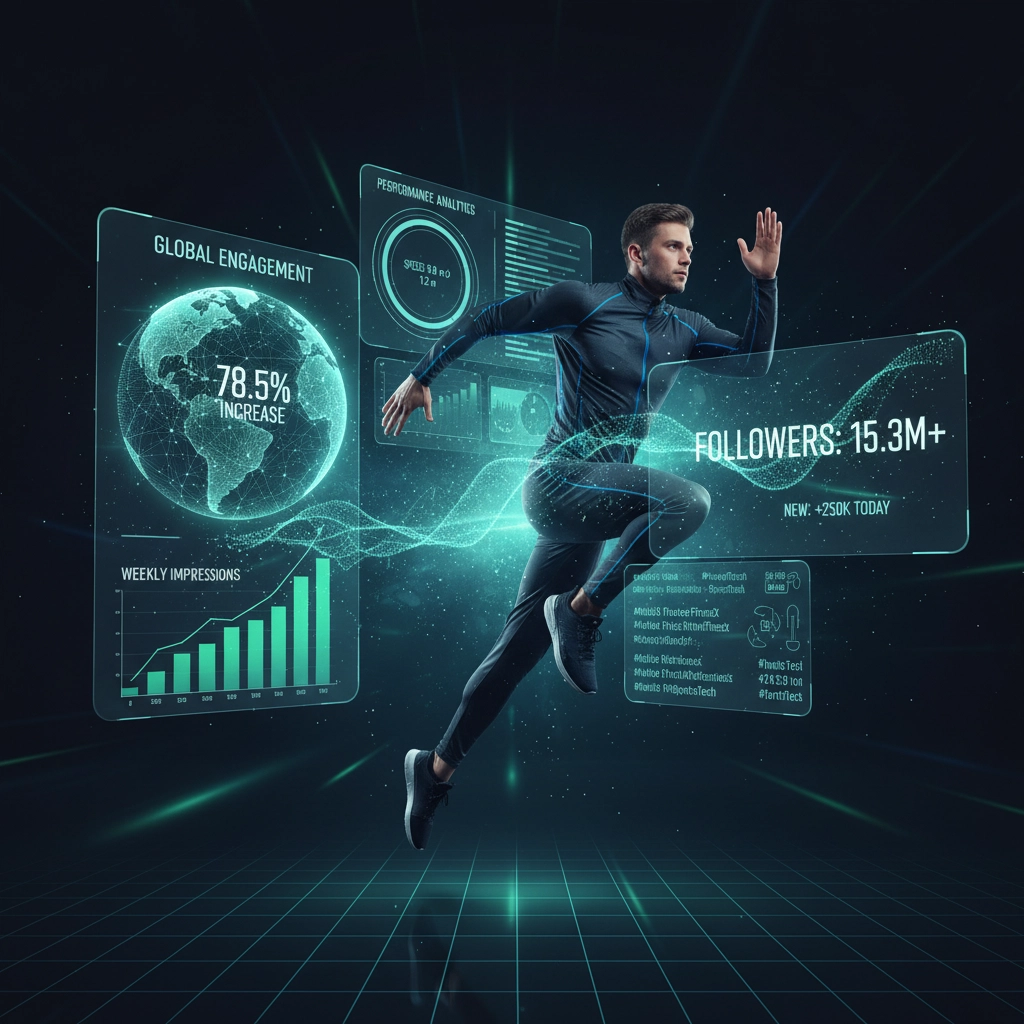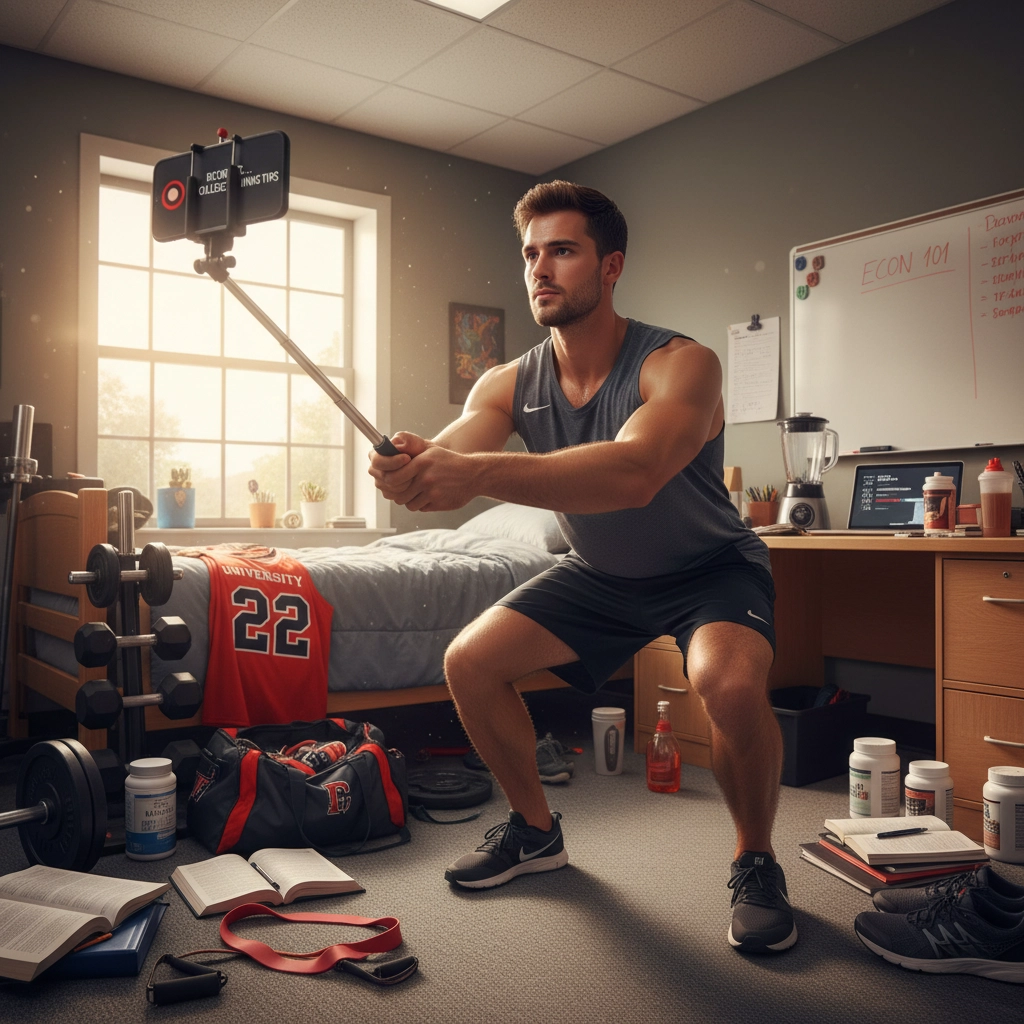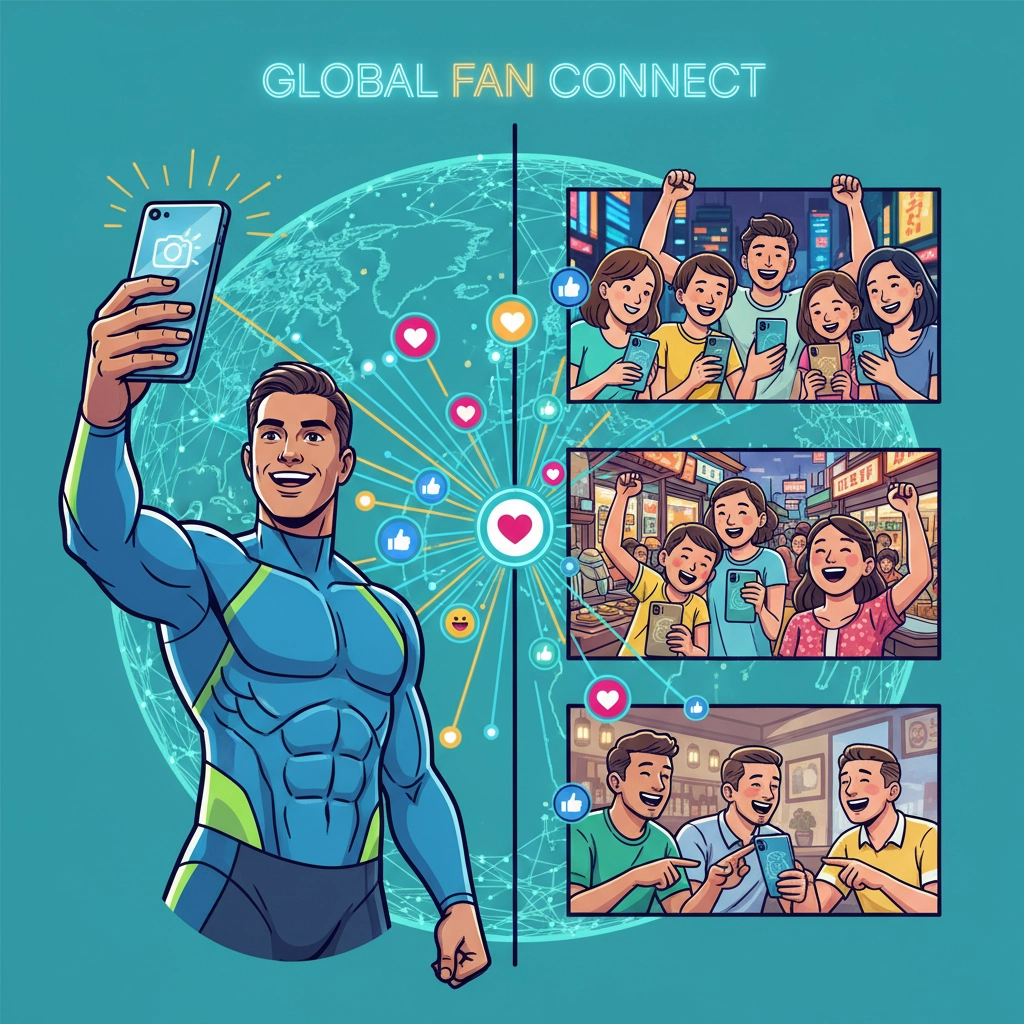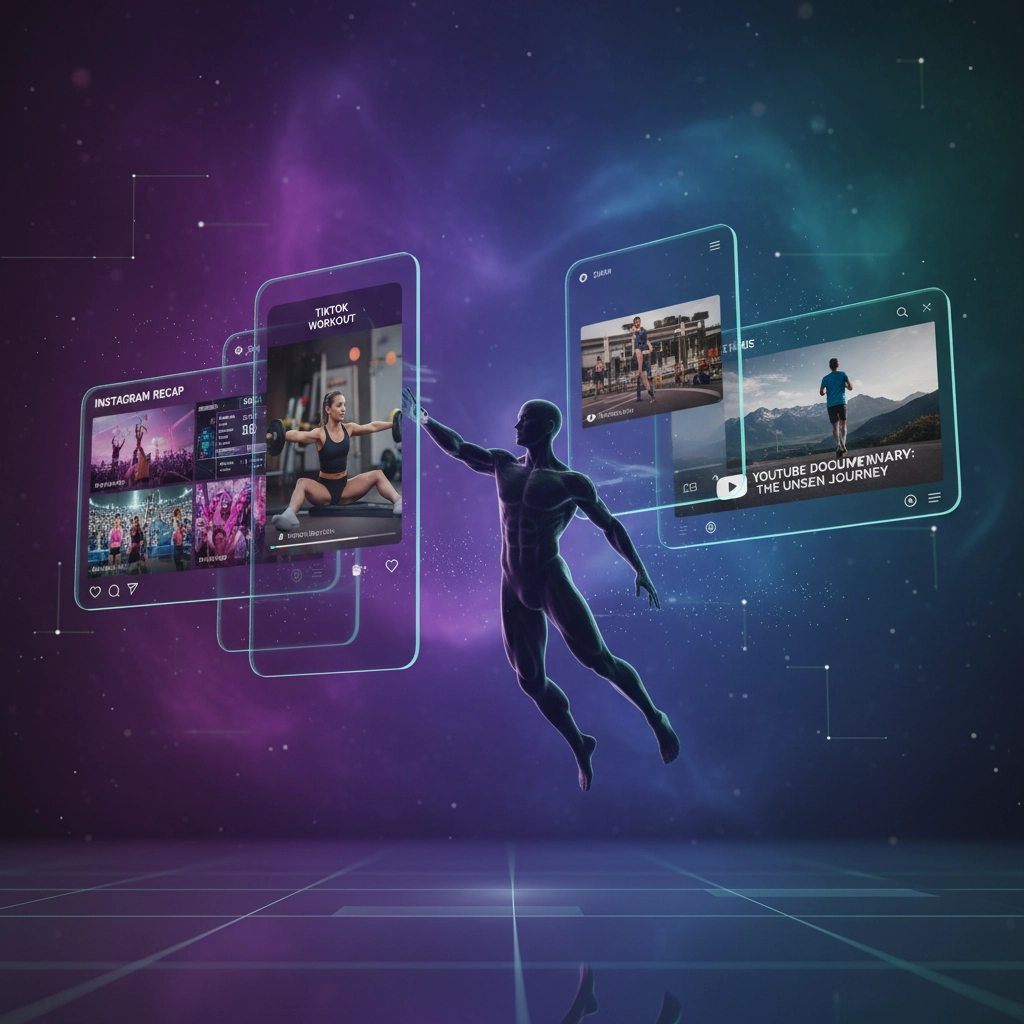Athletes have emerged as the dominant force in social media influence, fundamentally reshaping how brands connect with audiences and how fans engage with content. This transformation represents a measurable shift in digital marketing effectiveness, driven by quantifiable performance metrics and documented consumer behavior patterns.
The Data Behind Athletic Influence
The numbers demonstrate the superiority of athlete-driven content over traditional influencer marketing. Athletes achieve an average engagement rate of 5.6% on social platforms, compared to 2.4% for typical influencers. This performance differential translates to 3.3 times more effective engagement for sponsors when working with athletes versus traditional content creators.
Consumer trust metrics further validate this trend. Research indicates that 75% of consumers believe athletes are more authentic than traditional celebrities. This perception directly impacts purchasing decisions, with 87% of consumers more likely to buy products endorsed by athletes they follow on social media platforms.
The scale of athletic influence becomes apparent when examining follower counts. Cristiano Ronaldo maintains 664.9 million followers across his social media presence. Lionel Messi commands 506.7 million followers, while Virat Kohli reaches 273 million users. These figures represent audiences larger than many traditional media outlets.

The NIL Revolution and College Athletes
The NCAA's Name, Image, and Likeness (NIL) policy has democratized athlete influence beyond professional sports. College athletes can now monetize their social media presence through endorsements and partnerships, transforming student-athletes into content creators with significant commercial value.
This policy change has created opportunities for thousands of college athletes to develop personal brands while maintaining their eligibility. The result is a new category of influencers who combine athletic achievement with relatable, everyday content that resonates with younger demographics.
College athletes utilize platforms like Instagram and TikTok to share training routines, game-day preparation, and behind-the-scenes content. This approach creates intimate connections with followers who view these athletes as accessible peers rather than distant celebrities.
Performance-Based Credibility
Athletic influence differs from traditional social media influence through its foundation in measurable performance. Athletes build credibility through visible achievements under pressure, creating trust that cannot be manufactured through content strategy alone.
This performance-based credibility extends beyond sports achievements. Athletes demonstrate discipline, dedication, and resilience through their training and competition schedules. These qualities translate into authentic personal narratives that audiences find compelling and trustworthy.
The authenticity of athletic struggle and triumph creates universal appeal. Followers witness the reality of setbacks, injuries, and comeback stories. This transparency establishes emotional connections that traditional influencers struggle to replicate through curated content alone.

Direct-to-Fan Communication
Social media platforms have eliminated traditional media gatekeepers, allowing athletes to communicate directly with their audiences. This direct access transforms the relationship between athletes and fans from one-way consumption to interactive engagement.
Athletes use Instagram Stories, live streams, and real-time updates to share immediate reactions and personal insights. This immediacy creates a sense of participation among followers, who feel included in the athlete's journey rather than observing from a distance.
The interactive nature of social media allows athletes to respond to fan questions, acknowledge support, and create personalized content. This level of engagement builds loyalty that extends beyond sports performance to personal brand affinity.
Platform-Specific Strategies
Different social media platforms serve distinct purposes in athlete brand building. Instagram functions as the primary platform for high-quality, sponsored content and professional partnerships. The platform's visual nature aligns with sports photography and video highlights.
TikTok serves as the platform for viral content creation and broader audience reach. Athletes use TikTok to showcase personality, humor, and behind-the-scenes moments that humanize their public personas. The platform's algorithm can rapidly distribute content to millions of users regardless of existing follower counts.
YouTube provides long-form content opportunities for athletes to develop deeper connections with audiences. Training documentaries, lifestyle content, and collaboration videos allow athletes to demonstrate expertise and personality beyond their sport.

Brand Partnership Evolution
The effectiveness of athlete partnerships has transformed brand marketing strategies across industries. Companies recognize that athlete endorsements generate higher engagement rates and conversion metrics compared to traditional advertising approaches.
Athletes bring pre-established, passionate communities to brand partnerships. These audiences have existing emotional investments in the athlete's success, creating a foundation of trust that extends to endorsed products and services.
The global reach of top athletes provides brands with international marketing opportunities. A single post from a major athlete can reach audiences across multiple countries and demographics simultaneously.
Technology and Platform Integration
Emerging platforms continue to expand opportunities for athlete influence. As new social media technologies develop, athletes often serve as early adopters who help establish platform credibility and user bases.
The integration of e-commerce features within social media platforms allows athletes to directly monetize their influence through product sales. This direct-to-consumer approach reduces barriers between athlete endorsements and purchasing decisions.
Live streaming technologies enable real-time fan engagement during training sessions, competitions, and personal activities. This constant access creates ongoing content opportunities and maintains audience attention between major sporting events.
Future Implications for Sports Marketing
The rise of athlete influencers indicates a permanent shift in sports marketing approaches. Traditional advertising methods continue to lose effectiveness as audiences gravitate toward authentic, performance-based content creators.
Platforms like Fanz.us are developing to maximize athlete brand potential through specialized social media management and fan engagement tools. These platforms recognize the unique needs of athlete content creators and the sports fan communities they serve.

The democratization of influence through NIL policies suggests that athlete marketing will continue expanding beyond professional sports. High school and amateur athletes may soon develop significant commercial value through social media presence and community engagement.
Measuring Athletic Influence Impact
The success of athlete influencers can be measured through multiple metrics beyond follower counts. Engagement rates, comment quality, share frequency, and conversion tracking provide comprehensive performance indicators.
Brand partnership success is evaluated through increased sales, brand awareness metrics, and customer acquisition costs. Athletes consistently outperform traditional advertising channels across these measurements.
The longevity of athlete influence often exceeds that of traditional social media personalities. Athletic careers provide ongoing content opportunities and maintain audience interest through competitive seasons and career milestones.
Conclusion
Athletic social media influence represents a measurable shift toward authenticity-based marketing. The combination of performance credibility, direct fan access, and platform-specific content strategies creates influence that traditional methods cannot replicate.
The integration of NIL opportunities and emerging platform technologies will continue expanding athlete influence beyond current boundaries. Organizations that recognize and leverage this trend will achieve superior marketing results compared to those relying on traditional approaches.
The data supports athlete influence as a permanent transformation in social media marketing rather than a temporary trend. Brands and marketing professionals must adapt strategies to incorporate athletic partnerships for optimal audience engagement and commercial success.
